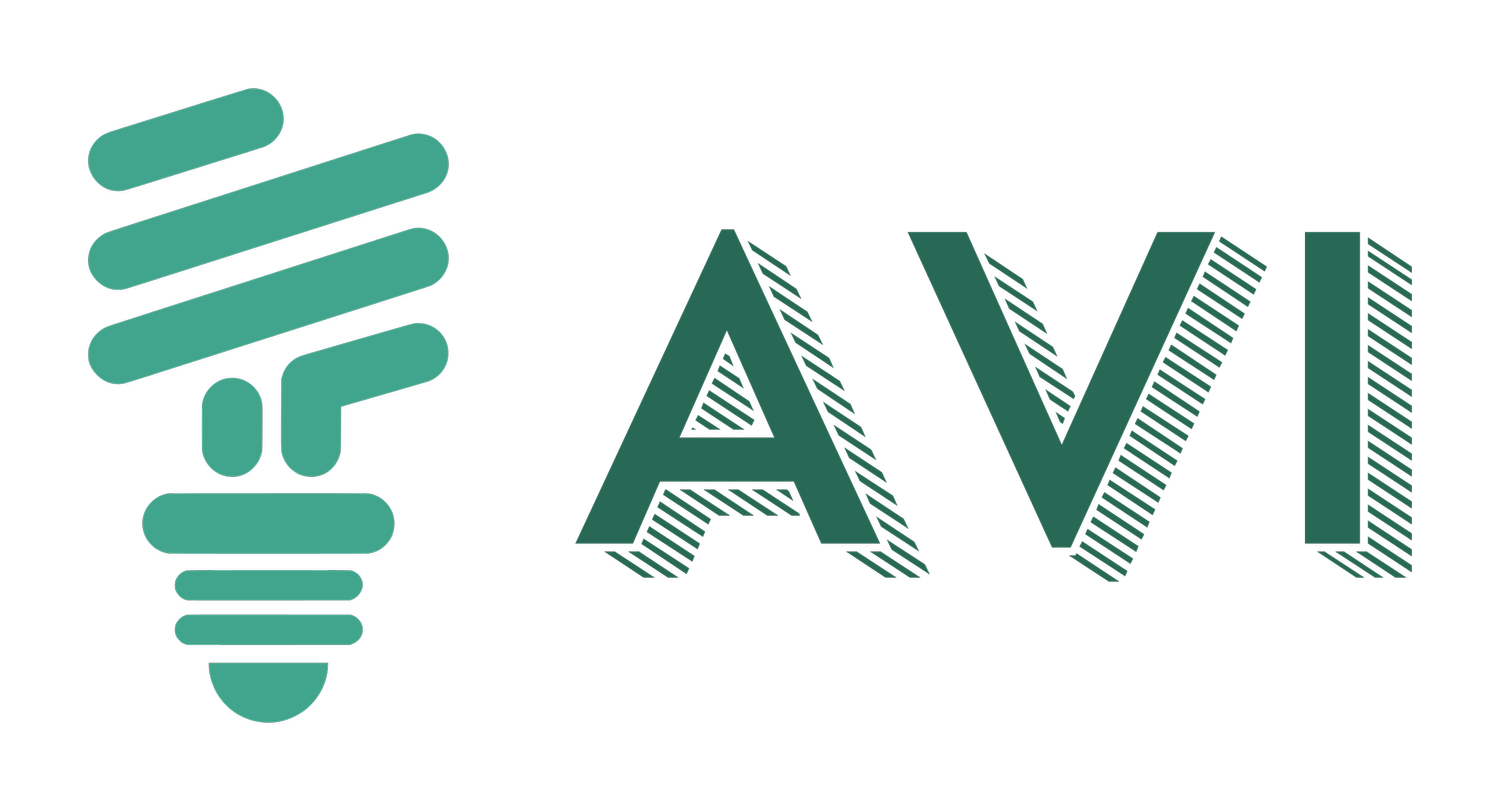Leadership in Tech and Data
I spent the last month and a half in a training program focuses on emotional intelligence and leadership skills. Having been in data science and engineering for 5-ish years now, going through that program has made me reflect on my own career goals and what it means to be a leader in data science.
Though to be honest, I’m still not completely sure what “the next level” looks like. Maybe I become a manager or director at a big tech company, or I launch my own startup, or I become an independent consultant. There’s no rush to figure this today, and the tech industry is forgiving enough that the choice isn’t even permanent.
At the same time, no matter which path I choose, leadership skills will be an essential part of getting to the next level in my career. And what that means in the context of data science is something I want to dig into today.
Code Monkeys
A code monkey is any coder who does nothing but follow instructions on what to build and how. Code monkeys rarely get promoted, because there is a lot more to being a coder than just writing good code and knowing the nuances of every language.
In the context of data science, there is a lot more than writing SQL queries and tuning machine learning models. It requires communicating with stakeholders, defining objectives and success criteria, and translating machine learning model performance into business value for stakeholders.
In the past, I would spend a lot of time waiting for guidance and instructions on my projects. I was so afraid of making a bad decision that I would ask for permission before pulling the trigger on literally anything, not that it completely avoided them.
But being a leader means taking initiative and making judgment calls, for better or worse. And if something is missing in a design spec, then I should be prepared to fill in the blanks myself.
Breadth vs Depth
In my short career, I’ve worked at both a small startup and a big tech company. And my experience is that those environments prioritize different skill distributions.
Because of the small team sizes, startups value breadth, in that I’d be the full owner of a project, and take on multiple roles within it. I was not only the data scientist cleaning raw data and setting up dashboards, but I was also the engineer building analytics tools, the and the customer success manager training end users on our software, and the project manager translating customer needs into technical specifications.
At a bigger company, projects are much larger in scale and more stakeholders are involved. As a result, the role shifts more towards being a subject matter expert that influences the direction of the project on very specific fronts.
In contrast to a jack-of-all-trades or a single-domain expert, there is the notion of a T-shaped skillset. In this, someone has deep expertise in one skill, accompanied by basic experience in several other other domains.
Climbing the ranks in any tech career means being able to own and deliver on increasingly large projects, which requires both depth and breadth. But at a certain point, a project becomes too large for a single person to own; so that requires communication and emotional intelligence skills that come with running a team.
Metrics
At a larger company, the size of the projects makes it harder to evaluate success holistically on projects, so more emphasis is placed on metrics.
Team goals are defined in terms of metrics, new product features are evaluated based on how they impact key metrics, and the stock price depends heavily on metrics in earnings reports.
As I’ve said multiple times before, data science is about leveraging numerical patterns to drive business value. And in a leadership role, that means driving business strategy on larger scales. This means the difference between using data to make a $10,000 decision vs a $10,000,000 one. And to make that big a decision requires focusing on metrics.
Parting Thoughts
As I’ve mentioned before, the role of a data scientist is not well defined. And that unfortunately extends to data science leadership as well. To create a sense of what data leadership at the highest levels looks like, this article details some opportunities for a Chief Data Officer (CDO).
Also, this article from the VP of Data at Coinbase discusses what that might look like when it comes to building out and maintaining a larger scale data infrastructure. After all, data engineering is a necessity for data science.
In a business strategy meeting, multiple stakeholders are involved; Marketing, Finance, Technology, etc. And Data deserves to have a seat at the table as well.
